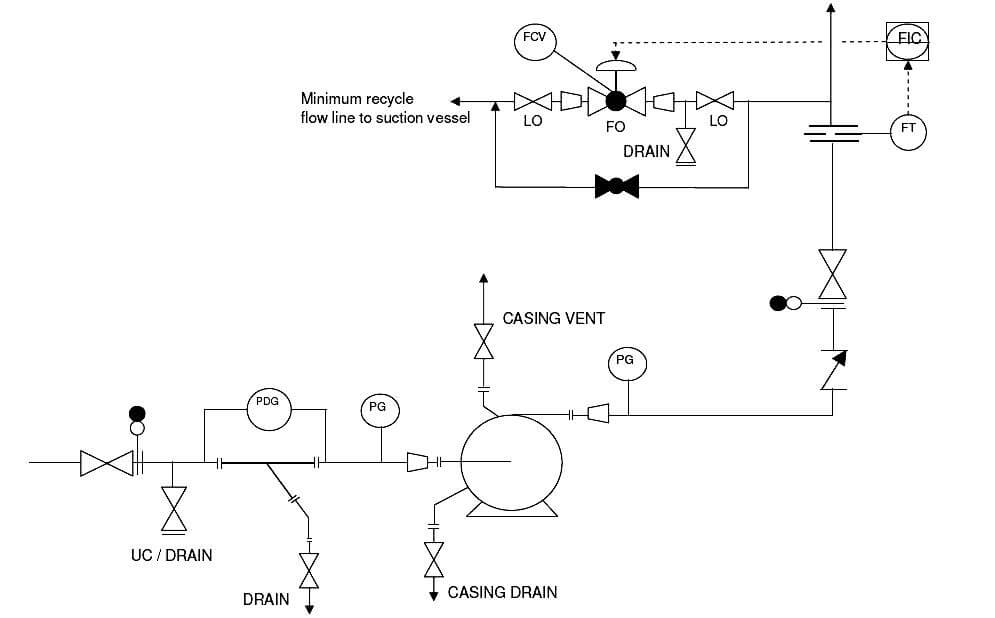
- Proper pump symbol should be selected first of all, as shown in the presented drawing. This should be selected from the list of equipment symbols on the legend sheets of a particular project.
- All the nozzles on the pump should then be correctly represented with size and flanges. This includes inlet and outlet nozzles and casing drains and vents as shown in the sample drawing presented here. Generally, the suction and discharge nozzles on the pump are smaller than suction and discharge line sizes. Appropriate reducer / expander to be clearly indicated in such cases.
- Inlet and outlet lines are the next to be drawn up. Line number, material class, size etc. is to be correctly assigned to each of the lines.
- Isolation valves, spectacle blinds, spacers etc. to be used for maintenance should be drawn up next on the inlet / outlet lines. The isolation valves on suction and discharge lines should be ‘Locked Open’ in case of automatic pump start-up.
- Inlet line to the pump is to be fitted with a strainer for pump protection. This strainer can be equipped with a pressure differential gauge to monitor blockage in the strainer.
- Pressure gauges are normally to be provided on suction and discharge of the pump. In addition, pressure transmitters connected to Emergency Shutdown (ESD) system can also be provided as per requirements.
- A check valve should be normally provided on the pump discharge to avoid reverse flow when the pump is not in operation.
- Downstream to the check valve on the pump discharge, minimum flow recirculation line for the pump needs to be provided. A flowmeter should be provided before the minimum flow line, as shown on the presented sample drawing.
- A flow control valve with or without bypass is then to be provided on the minimum flow recirculation line. The isolation valves for this control valve need to be locked open or sealed open and the FCV should be of ‘Fail Open’ type. The minimum recirculation line is normally routed back to the suction vessel of the pump.
- Drains and vents to be provided on the suction / discharge lines, minimum flow line and on pump casing, so that the pump and associated piping can be completely drained for maintenance.
- For purging the pump with nitrogen, a connection should be provided right after isolation valve on the suction line. This connection can also be used as a drain.
- Temperature gauges and transmitters to be provided as per requirements for operating and controlling the equipment.
- All the guidelines given here are very general and may be modified as per specific requirements of any particular project.
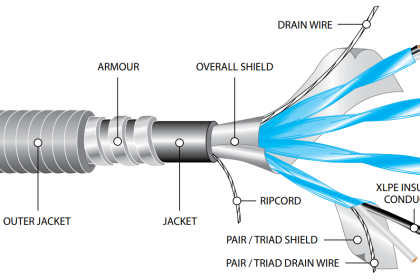
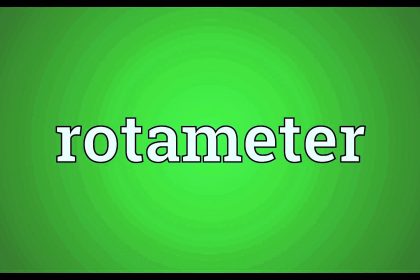
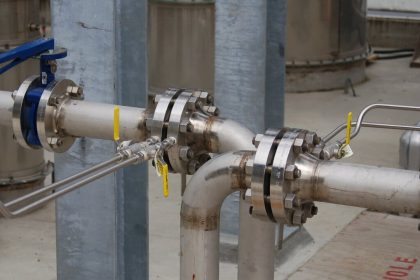
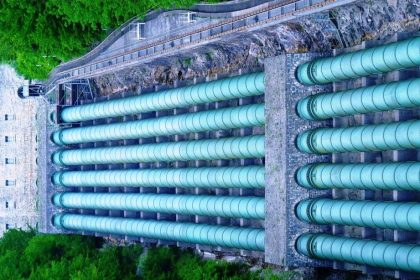
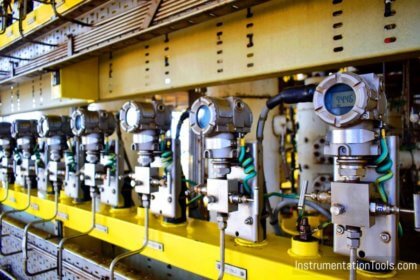
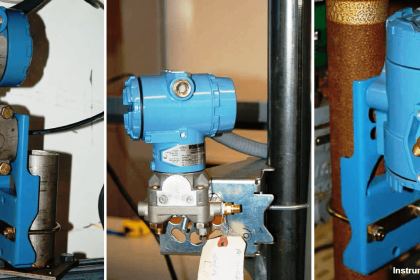
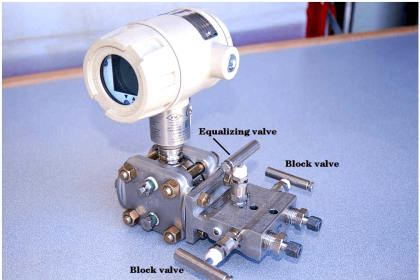
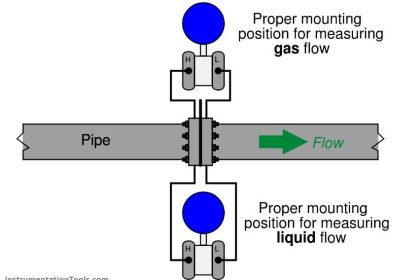

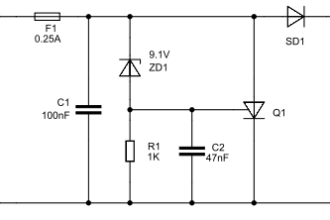
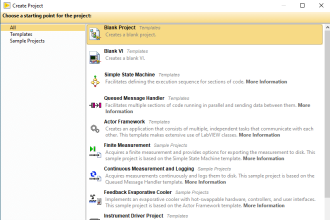
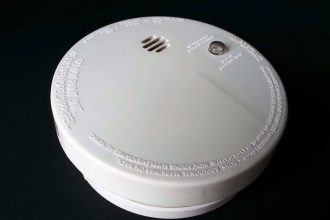
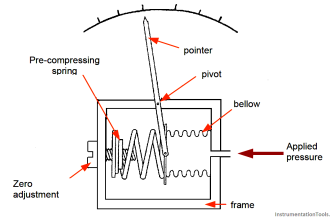



Why don’t you offer cheaper online programs Instrumentation? Or even scholarship’s to us who would want to upgrade?